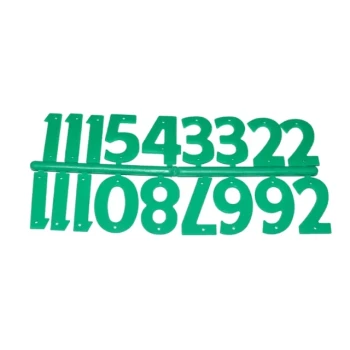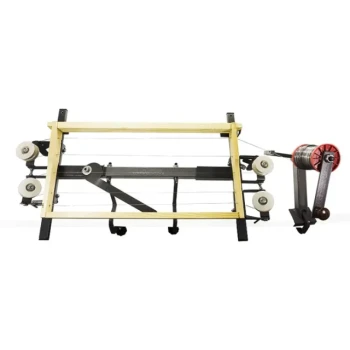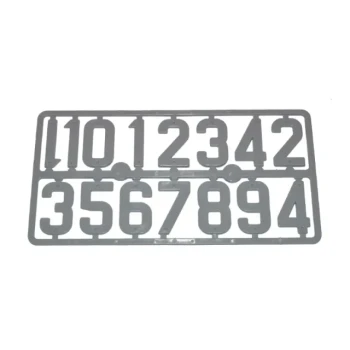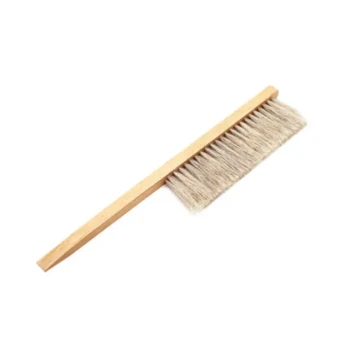As a general guideline, you can place up to 12 standard beehives on one acre of land. This number, however, represents the maximum physical capacity and does not account for the most critical factors for success: available food sources for your bees and your own capacity as a beekeeper. The optimal number is almost always lower.
The question isn't just about how many hives can fit on an acre, but how many hives the surrounding environment can sustain. The true limit is dictated by the availability of nectar and pollen within a 2-3 mile radius, not the square footage of your property.
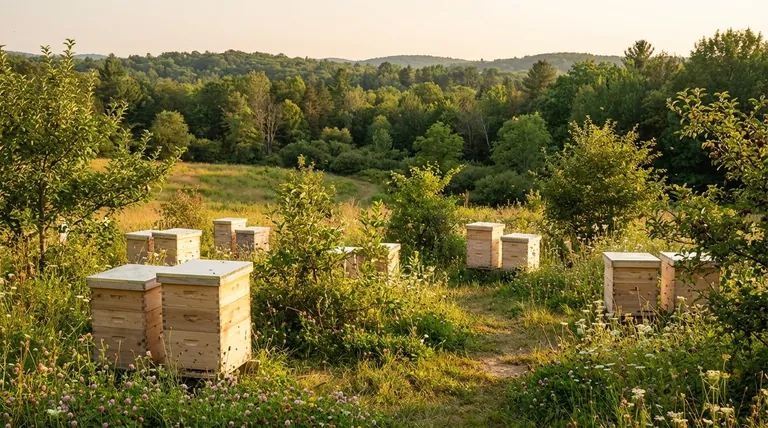
Beyond Physical Space: The Concept of Forage Area
A common misconception is that the one acre of land itself needs to support the bees. In reality, your property is just the home base.
The Three-Mile Radius Rule
Honeybees are efficient foragers, routinely traveling up to three miles (and sometimes farther) in any direction to find resources. This creates a foraging area of over 18,000 acres.
The single acre your hives sit on is insignificant for their food supply. The health and productivity of your colonies depend entirely on the quality of the surrounding landscape.
What Makes a Good Forage Area?
An ideal environment provides a diverse and continuous sequence of blooming flowers, shrubs, and trees from early spring through late fall. A landscape dominated by manicured lawns or single-crop agriculture (like corn) offers very little for bees.
Factors That Determine Your Apiary's True Capacity
Before deciding on a number, you must assess the landscape and your own capabilities. The maximum of 12 hives per acre is a theoretical limit, not a practical recommendation for most situations.
Surrounding Flora and Bloom Cycles
Look at the big picture. Are you in a rural area with diverse wildflowers, forests, and clover-filled pastures? Or are you in a suburb with limited gardens? A richer environment can support more hives without stressing the bee population.
Competition from Other Pollinators
Your bees will be sharing resources with native pollinators and potentially other beekeepers in the area. Overstocking a location can lead to intense competition, which harms all pollinators and reduces honey yields per hive.
Your Experience Level
For a new beekeeper, starting with two hives is the universal recommendation. This allows you to learn the fundamentals of hive management, disease inspection, and seasonal cycles. Managing two healthy hives is a significant commitment; starting with more often leads to failure.
Understanding the Trade-offs of High-Density Beekeeping
Placing too many hives in one location, even if you have the space, introduces risks that can undermine the entire apiary.
Increased Risk of Disease Transmission
Just like in any crowded population, pests and diseases like Varroa mites and foulbrood can spread much more rapidly between hives that are situated close together.
Resource Competition and Lower Yields
When too many hives compete for the same limited nectar sources, the honey production of each individual hive will decrease. The bees spend more energy foraging for less reward.
Potential for Robbing
During a nectar dearth (a period when few plants are blooming), stronger colonies may resort to "robbing" honey from weaker ones. This can decimate a weaker hive and cause chaos in the apiary.
How to Determine the Right Number for Your Land
Your goal should be to find a balance between your beekeeping ambitions and what the local environment can realistically support.
- If you are a new beekeeper: Start with two hives. This is the most crucial piece of advice for long-term success.
- If your land is in a rich, diverse rural area: You can sustainably support a higher density, perhaps 4-6 hives per acre, after you have gained experience.
- If your land is in a suburban or monoculture area: Be more conservative, as forage is likely limited. Sticking to 2-4 hives is a safer and more productive approach.
Ultimately, observing your hives' health and productivity is the best indicator of your land's true carrying capacity.
Summary Table:
| Factor | Impact on Hive Capacity | Recommendation |
|---|---|---|
| Forage Area Quality | Determines food availability within a 3-mile radius. | Assess local flora diversity and bloom cycles. |
| Beekeeper Experience | Affects ability to manage hive health and prevent issues. | Start with 2 hives; experienced keepers can manage more. |
| Surrounding Competition | More pollinators/hives reduce resources per hive. | Be conservative in areas with high competition. |
| Landscape Type | Rural areas can support more hives than suburbs/monocultures. | Rural: 4-6 hives/acre; Suburban: 2-4 hives/acre. |
Ready to build a thriving, sustainable apiary?
At HONESTBEE, we supply commercial apiaries and beekeeping equipment distributors with the durable, high-quality supplies needed for success. Whether you're starting with two hives or scaling a large operation, our wholesale-focused expertise ensures you have the right equipment to match your land's capacity and your beekeeping goals.
Contact our team today for a consultation on the best equipment for your sustainable beekeeping operation.
Visual Guide

Related Products
- Langstroth Bee Hives Bee Keeping Box for Beginners Beekeeping
- HONESTBEE Professional Long Handled Hive Tool with Precision Cutting Blade
- HONESTBEE Advanced Ergonomic Stainless Steel Hive Tool for Beekeeping
- Professional Dual-End Stainless Steel Hive Tool for Beekeeping
- Wholesales Dadant Size Wooden Bee Hives for Beekeeping
People Also Ask
- How does the orientation of the hive sides benefit comb construction? Ensure Straight, Movable Combs for Easier Hive Management
- What is the best type of bee hive for beginners? Start with the Proven Langstroth Standard
- Why might a beginner be advised to start with a Langstroth hive? Unlock a Supportive Beekeeping Ecosystem
- What are the different types of beehive boxes available? Choose the Right Hive for Your Apiary
- Why were wooden hives traditionally preferred? For Natural Beekeeping Aligned with Bee Biology










